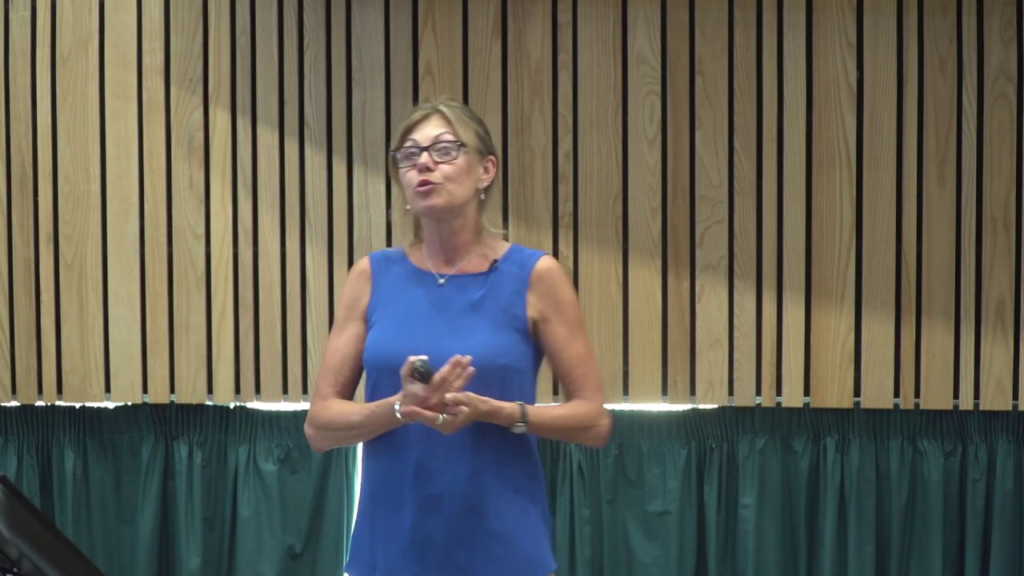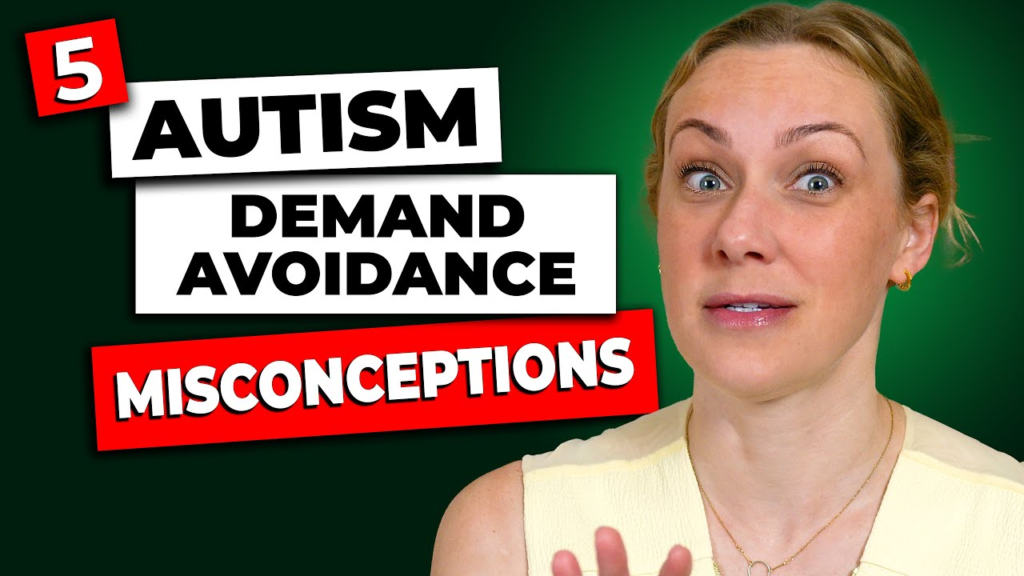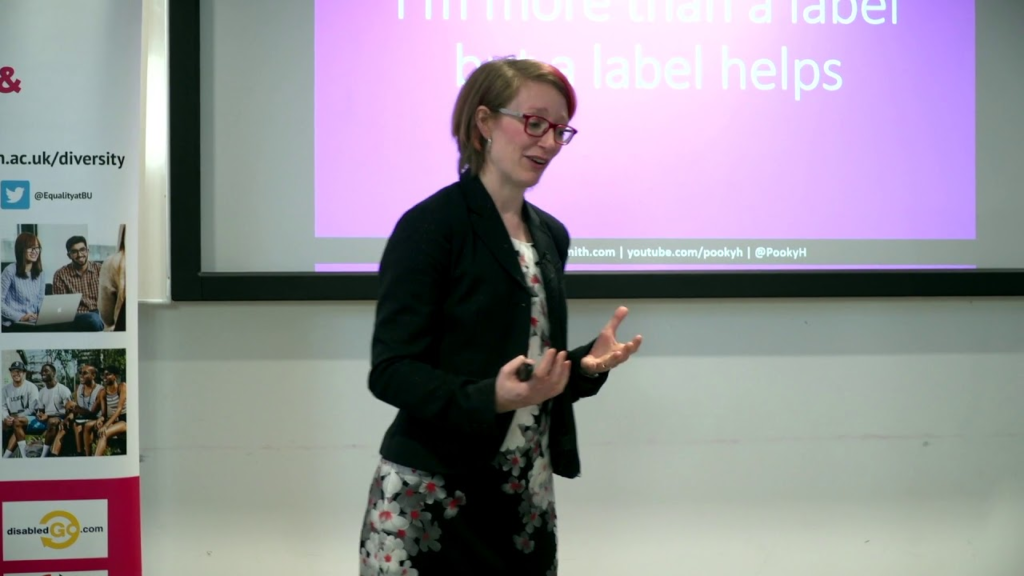
Autism
Shyness? Reluctance to speak? Autism? Or selective mutism?

When students in school, college or university do not speak in certain settings, despite talking freely in other situations, we cannot assume they choose not to speak or lack motivation to engage. How can we distinguish between shyness, refusal or inability to speak? Are we handling their silence appropriately? The answers to these questions will make all the difference between facilitating participation, engagement and verbal interaction and pushing the student deeper into withdrawal, isolation and avoidance. This introductory talk by Maggie Johnson looks to share strategies and practical suggestions about supporting students in one of these educational settings. Maggie Johnson, FRCSLT, is a speech and language therapist advisor specialising in childhood communication disorders and selective mutism (an anxiety disorder). With over thirty years of experience in education and community settings, Maggie supports adults with selective mutism and works closely with families and schools. She provides training and workshops across the UK and overseas and has appeared in several television documentaries about selective mutism.
Autism – Pathological Demand Avoidance (PDA) Misconceptions

I recently saw a video that touched on pathological demand avoidance, also commonly referred to as PDA. Pathological demand avoidance (PDA) is a pattern of behaviour in which we go to extremes to ignore or avoid anything we perceive as a demand. Pathological demand avoidance (PDA) is most often seen in autistic people, but certain traits have also been seen in people with ADHD and other sensory processing disorders. In this video, I will talk about what a PDA is, why it’s often searched with ADHD and autism, strategies that can help those with pathological demand avoidance, and what it’s like living with a PDA. Do you or someone you know live with PDA? Share about your experience in the comments.
Anorexia and Autism – lessons learned on the road to recovery

Pooky has a long history of anorexia and felt like she was constantly walking through the revolving doors of illness and recovery. When hospitalised for anorexia in 2017, she was diagnosed with autism. This led to a radical revision of her treatment, and she finally found herself able to understand and take a grip on the illness that had controlled her for so long. In this talk, Pooky will share some of the lessons learned along the way and provide some ideas for how we might tailor our support for eating disorder patients on the autistic spectrum.
